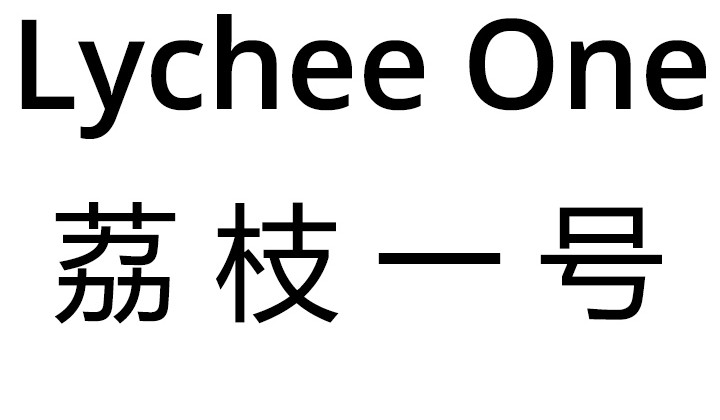Àngels Miralda Tena
‘Presence and Presentation’
Originally Published in Prova: Humanities Research Journal
October 2013. Royal College of Art
The object is present, somewhere and sometime; in a room, or left scattered where it cannot be seen, nevertheless, it is present. But Presence has a haunting connotation. Presence takes on an objectivity of its own when it is a ‘strange presence,’ something that cannot be seen, only felt intuitively. Being present is not containing presence; presence is a form of black magic. Presence grasps, it takes hold of, and it affects the viewer, we feel a presence as if the object is escaping itself, as if it has dissipated into the air and surrounded us – seeing us from behind.
Maurice Blanchot uses the term ‘black magic’ to describe the cadaverous image.1 The image is an object with presence because it extends beyond itself. It extends beyond its physical means; it enters a realm of signification, of fascination, it captures us, it captures us off-guard. It contains something that belongs to another world, a specter, a link to a world beyond, something that we can only half pretend to understand. It frightens us. It is in a state of being in-between, it is a haunting. There is something within the image and within the object-with-presence that should not be there, that does not belong in that sort of object, it is artificial, constructed, but so strongly there that we cannot escape it.
The cup is present, but when it gains presence it is because it signifies something different to us, it takes on a meaning that separates it from its function. A hypnotized subject, can be equally transformed, it is physically present but is cognitively elsewhere, the body contains no presence because the spirit has vanished into another realm.2 The subject has become an object and the spirit has been moved to another location. The gaining of presence is then the calling of spirit into the object. Like Sartre’s Other, the object gains a metaphorical ‘eye,’ it cuts us with its ‘look’3 and gains a Lacanian gaze4 – it ‘sees’ me to the extent that I feel it ‘seeing’ me. I am aware of its presence without necessarily seeing it; like a mist clinging in the air.
Presentation is a gift: an offering. It is unlike Presence because it divulges the meaning of the object, it puts it up for inspection, for dissection, and it removes it from the sphere of mystery. Here, exhibited, is the object in question, being mediated into the mind as something intelligible. Held in an image, a totality, the object is understood and held in a form/image. But the very spotlight that highlights meaning can at once construct the reverse. A fetishized object, an object of desire, the object of attention, demands Presence. This attention and desire creates a vacuum of presence within the viewed object, and thus we attain a paradox of Presentation. If we live in what I have called a ‘Society of Presentation’ then we find ourselves in a bind. Presented is every knowable/unknowable object that opens itself up to inquiry within a circuit of pluralism – the unknowable wins.
Within the attempt at furthering knowledge there is only the furthering of the unknown, the opening up of further questions. Presentation creates specters, myths, opens slits into another world. The reality of presentation is far from its intent. So, as has been the fashion recently “the Artist is Present”5 should be considered also as “the Artist is Presence.”
Notes:
1. Maurice Blanchot, “Two Versions of the Imaginary,” The Gaze of Orpheus and other Literary Essays, Station Hill Press, New York. 1981.
2. Jean-Luc Nancy, The Birth to Presence, Stanford University Press, Stanford California. 1993. In the chapter “Identity and Trembling” Nancy explores Hegel’s subject in relation to its presence. Hypnosis leads the subject to be diseased, pathological, because the spirit has escaped its form. Hegel’s subject is a “pure, self contained unity” 9 so when the subject is split – between mind and body, or between its locations – it becomes diseased.
3. Jean Paul Sartre, “The Look,” Being and Nothingness, Trans. Hazel E. Barnes, Routledge, London. 1972. In a sense, all “Other” subjects contain the transformation of the object, the insertion of spirit into another object, the eye represents another consciousness and this transformation is thus the best example of an “object-with-presence.”
4. Jacques Lacan, The Four Fundamental Concepts of Psychoanalysis, The Hogarth Press, London. 1977. With the famous example of a sardine can floating at sea, Lacan shows how an object is able to “see” him contrary to the thought of his fellow-sailor. The object has no eye properly, but we feel its gaze.
5. Marina Abramovic, The Artist is Present, 2010, Museum of Modern Art.
